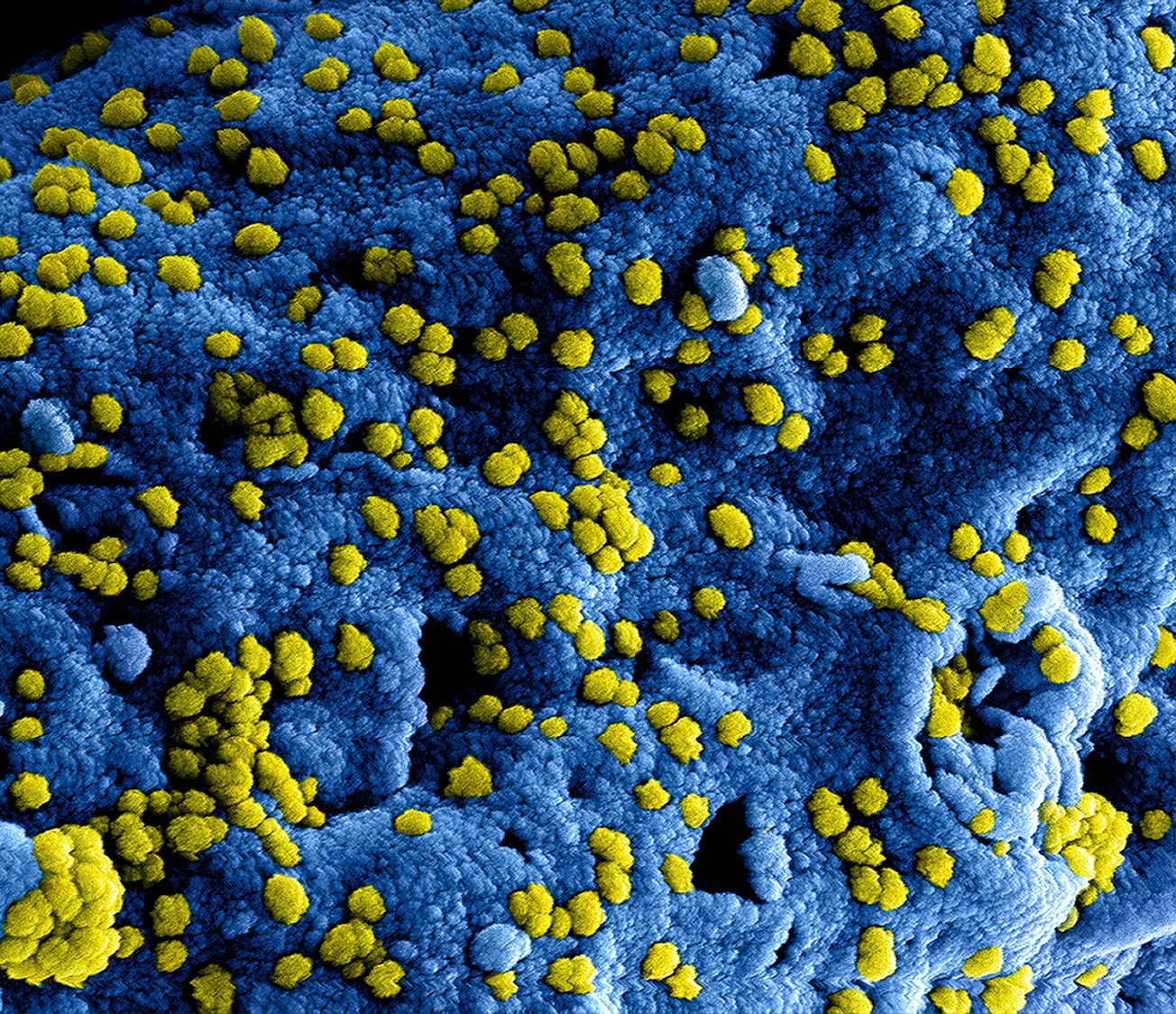What is it about?
Endophytes are the group of microorganisms that live inside host microenvironment, receive protection from environmental stresses, face lesser competition from other microbes and have greater access to nutrients. Since endophytes interact closer to plant than rhizosphere and phyllosphere bacteria, their effects to the plants may be direct and intense. Plant intercellular spaces are good sites for endophyte multiplication because of the richness of nutrients like potassium, calcium, sulfur, phosphorous and chlorine and carbohydrates, various amino acids and organic acids. Endobacteria directly beneit plants by stimulating their growth and/or indirectly through a reduction in the incidence of plant disease. Endophytes improve seedling performance and survival by providing resistance against insects and nematodes resistance and drought, improving nitrogen assimilation thus yielding higher seed set.
Featured Image

Photo by CDC on Unsplash
Why is it important?
Endophytes live inside plants and directly impact their growth through various mechanisms.
Perspectives
The minireview is important from an agricultural perspective since, unlike plant growth rhizobacteria, endophytes directly impact crop productivity.
Dr Anurag Yadav
Sardarkrushinagar Dantiwada Agricultural University
Read the Original
This page is a summary of: Exploring the Potential of Endophytes in Agriculture: A Minireview, Advances in Plants & Agriculture Research, February 2017, MedCrave Group LLC,
DOI: 10.15406/apar.2017.06.00221.
You can read the full text:
Contributors
The following have contributed to this page







